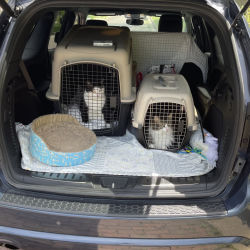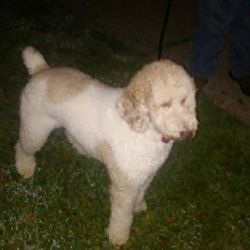Origins and Temperament
The American Eskimo Dog, affectionately known as the "Eskie," is a breed renowned for its striking white coat and keen intelligence. Hailing from the Nordic countries as a variant of the German Spitz, these dogs were brought to the United States by German immigrants and later renamed due to the political climate of the time. Eskies are typically alert, friendly, and exceedingly loyal, making them excellent watchdogs and family pets. Due to their vigilant nature, they may experience anxiety in unfamiliar situations, so when traveling, a calm and understanding approach is paramount.
Size and Physical Needs
Ranging from the toy to the standard size, American Eskimo Dogs require ample exercise to accommodate their spirited demeanor. Their lush double coat gives them a distinctive appearance but also necessitates a cool environment to prevent overheating during transport. Special accommodations, such as a well-ventilated carrier and frequent stops for stretching, are essential for their physical and mental well-being on the road.
Common Health Considerations
Although generally healthy, American Eskimo Dogs can be prone to certain conditions such as hip dysplasia and progressive retinal atrophy. Secure health documentation, such as a recent health certificate and proof of vaccinations prior to travel, can streamline the process and ensure preventative measures are in place for a safe and serene journey.
















